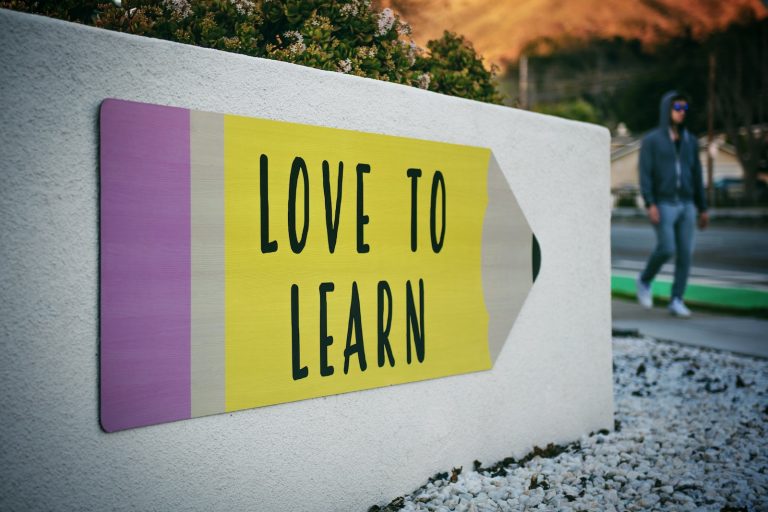In today’s fast-paced world, finding time for comprehensive learning can be challenging. Enter microlearning – a revolutionary approach that allows us to acquire knowledge and skills in short, easily digestible lessons. In this blog post, we will explore what microlearning is, why it makes sense, what it looks like, and how to apply it effectively. We will also delve into the benefits of micro learning, such as its accessibility, focused nature, and alignment with our brain’s learning processes. However, we will also address its limitations and when it may not be suitable. By the end of this post, you will have a thorough understanding of microlearning and how to make the most out of this powerful learning method in your own life. Let’s get started.
Contents
What is Microlearning?
Microlearning is a method of learning that involves short, standalone units of information delivered through digital media. These units, also known as micro-lessons, provide us with concrete knowledge without disrupting our workflow or overwhelming us with too much information. This approach differs from traditional hour-long courses and training seminars.
Why do Micro-lessons make sense?
According to psychologist George Miller, our brains can only retain 5-9 facts before either storing them in our long-term memory or forgetting them. This is why shorter lessons are more effective. Microlearning allows us to learn in smaller, more manageable chunks, ensuring better retention of the information.
What does Microlearning look like?
Microlearning can take various forms such as videos, fact sheets, infographics, slideshows, or even chatbots. The key characteristic of microlearning is that it is digital and mobile, making it easily accessible wherever and whenever we need it. Its focus is on answering specific questions, which aligns well with our current preference for consuming information through digital channels.
Is Microlearning something new?
While the idea of incremental learning, which involves small learning nuggets, is not new, applying this approach to the digital world is a recent development. Microlearning has gained popularity due to the widespread use of smartphones and tablets, as well as our increasingly time-constrained lifestyles. Many of us feel that we don’t have the time for lengthy training sessions, even though we recognize the importance of acquiring new skills and knowledge. Microlearning provides a solution by allowing us to squeeze in quick learning sessions in between our daily tasks.
How to apply Microlearning?
For microlearning to be effective, it needs to be available on-demand, easily searchable, flexible, and useful in its own right without the need for additional supporting materials. It should be accessible whenever and wherever we need it, without requiring us to schedule specific times for learning. A good example of microlearning is the video you just watched. You searched for it when you needed it, probably viewed it on your phone, and it provided you with a standalone piece of content rather than being part of a larger course. Now that you understand what microlearning is, you can start applying it to enhance your learning experience.
Benefits of Micro Learning
One major benefit of micro learning is its accessibility. With micro learning, you can learn anywhere and at any time. Whether you’re waiting in line at the supermarket or have a few minutes between classes, you can easily squeeze in some learning. The availability of micro learning materials on smartphone apps and websites makes it extremely convenient.
Another advantage of micro learning is its focus. Bite-sized courses are designed to provide learners with concise and targeted information. This focused approach increases retention and prevents learners from being overwhelmed with unnecessary information. Research has shown that learners remember more when they are presented with smaller, focused pieces of information.
Matching with Science
Micro learning aligns well with how our brain learns and remembers. Our working memory and short-term memory have limits on how much new information they can process at once. Micro learning, which involves learning a few bits of information at a time and reviewing them later, is a perfect match for these memory limitations. This repetitive pattern of learning and reviewing enhances retention and facilitates the learning process.
Increased Engagement
Micro learning also leads to higher engagement levels among learners. The short and easily accessible nature of micro learning makes it easier for learners to stay focused for short periods of time, such as 10 minutes. Learners are more likely to actively participate and remain attentive when learning in bite-sized chunks. This higher engagement ultimately contributes to better learning outcomes.
Limitations of Micro Learning
While micro learning has numerous benefits, it may not be suitable for every learning situation. In-depth and complex topics require extended periods of focused studying, which micro learning cannot provide. For example, studying French literature would not be effective through micro learning since it requires a deep understanding of the subject. Additionally, areas of learning that involve complex thinking and don’t have definitive answers may require more in-depth analysis, making micro learning less suitable.
In conclusion, micro learning offers several advantages such as accessibility, focus, compatibility with our brain’s learning processes, and increased engagement. However, it may not be the ideal approach for complex topics and areas that require in-depth thinking and analysis. Understanding when to utilize micro learning and when it is not appropriate will help learners make the most out of this effective learning method.


Comments are closed.